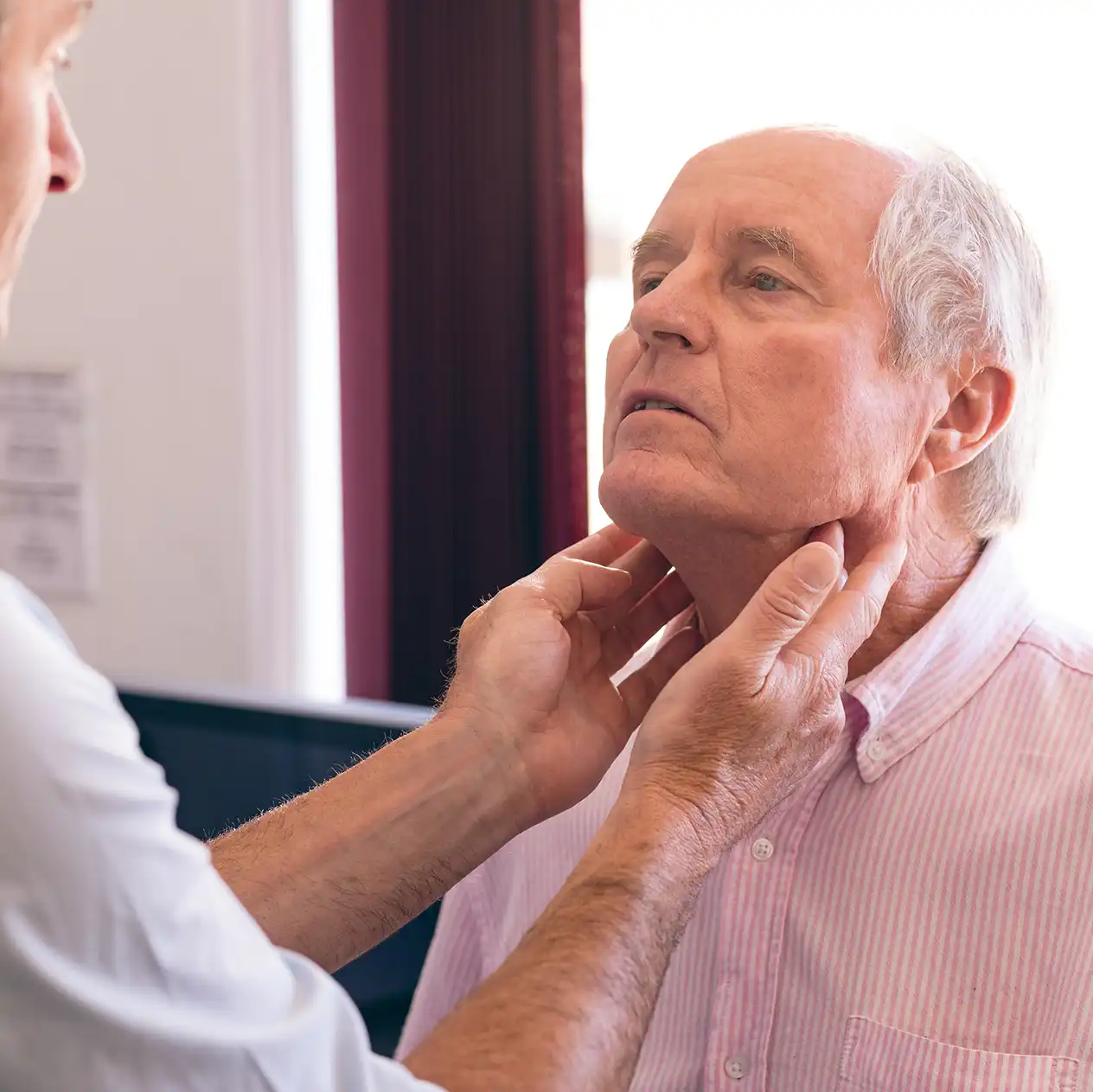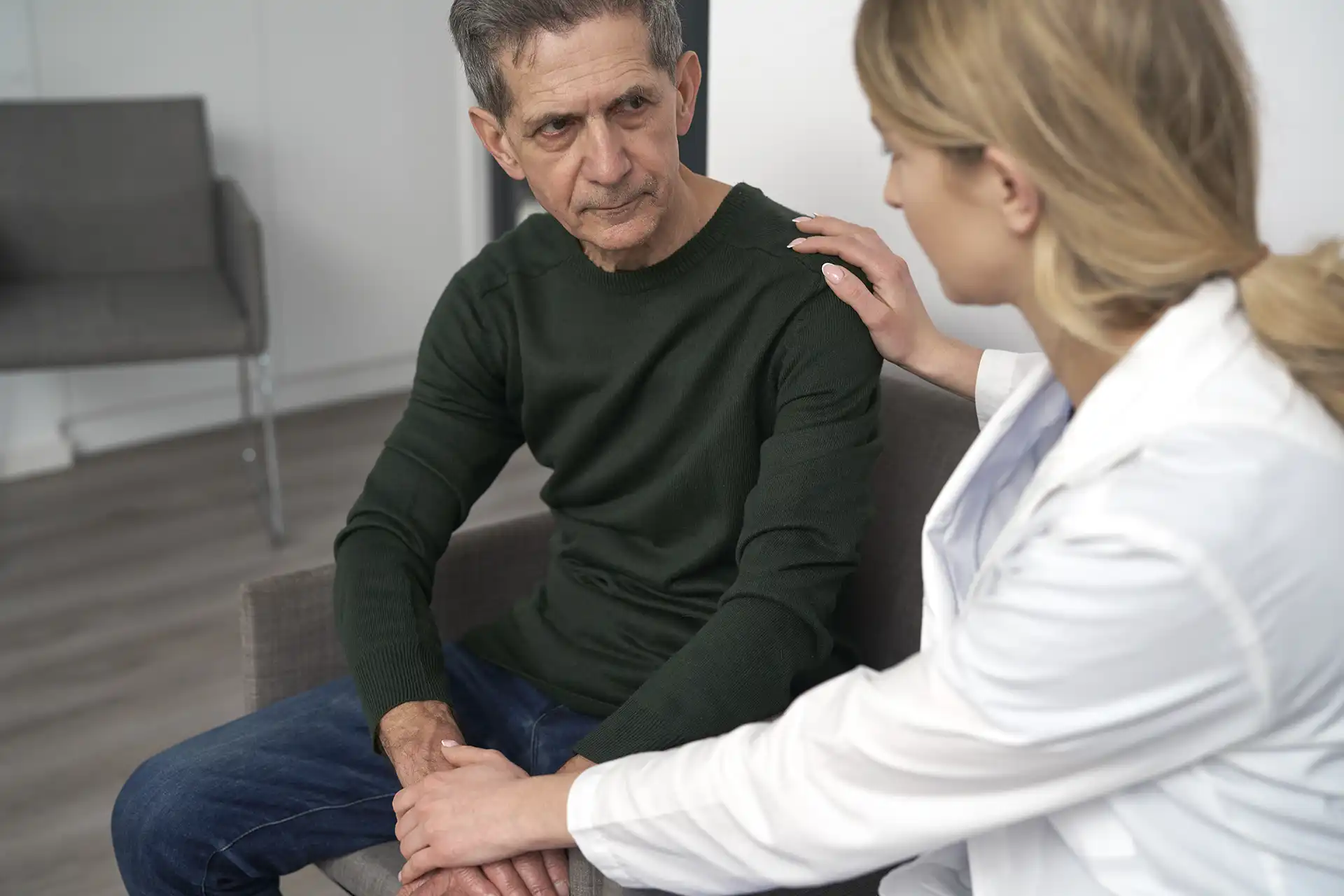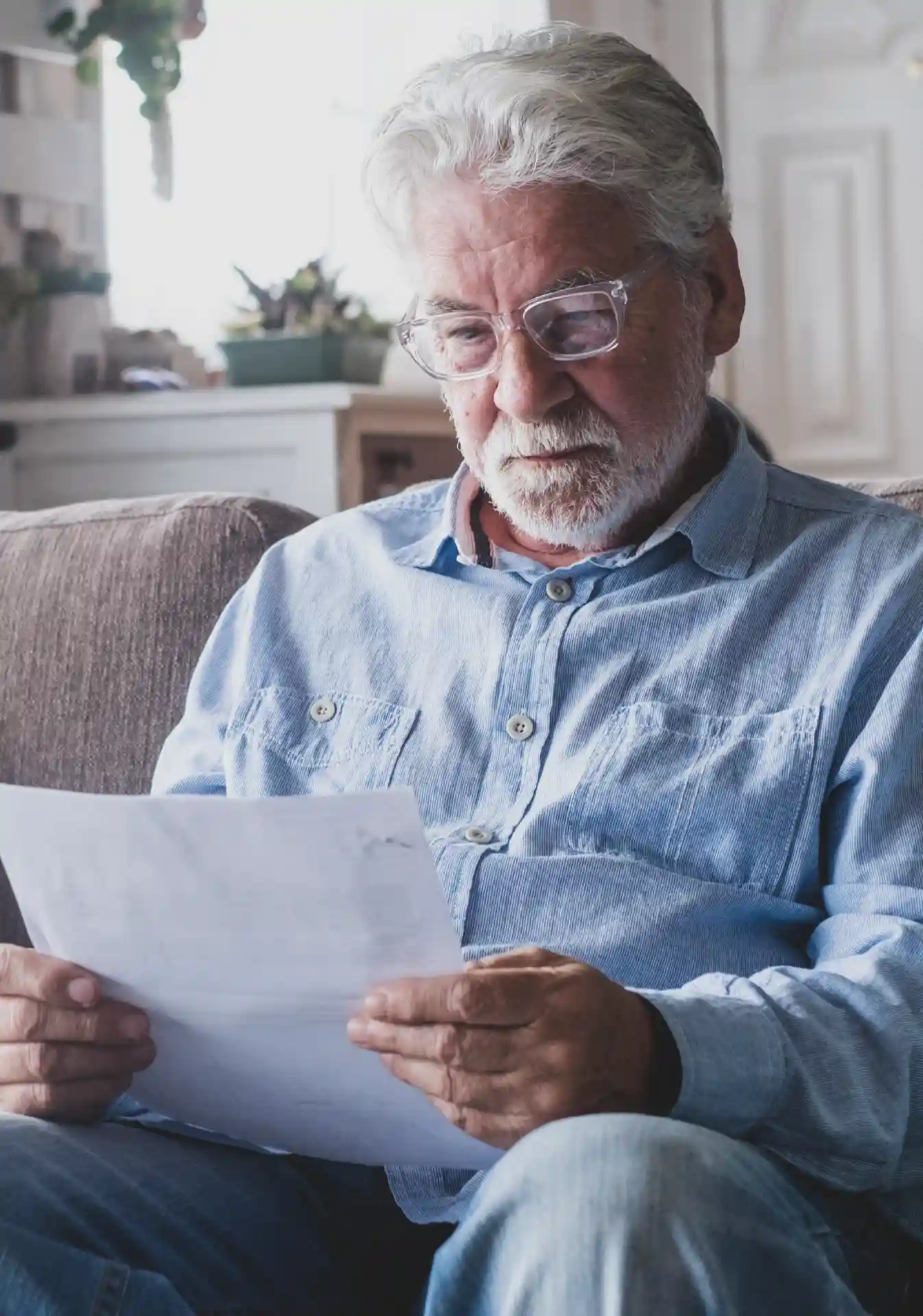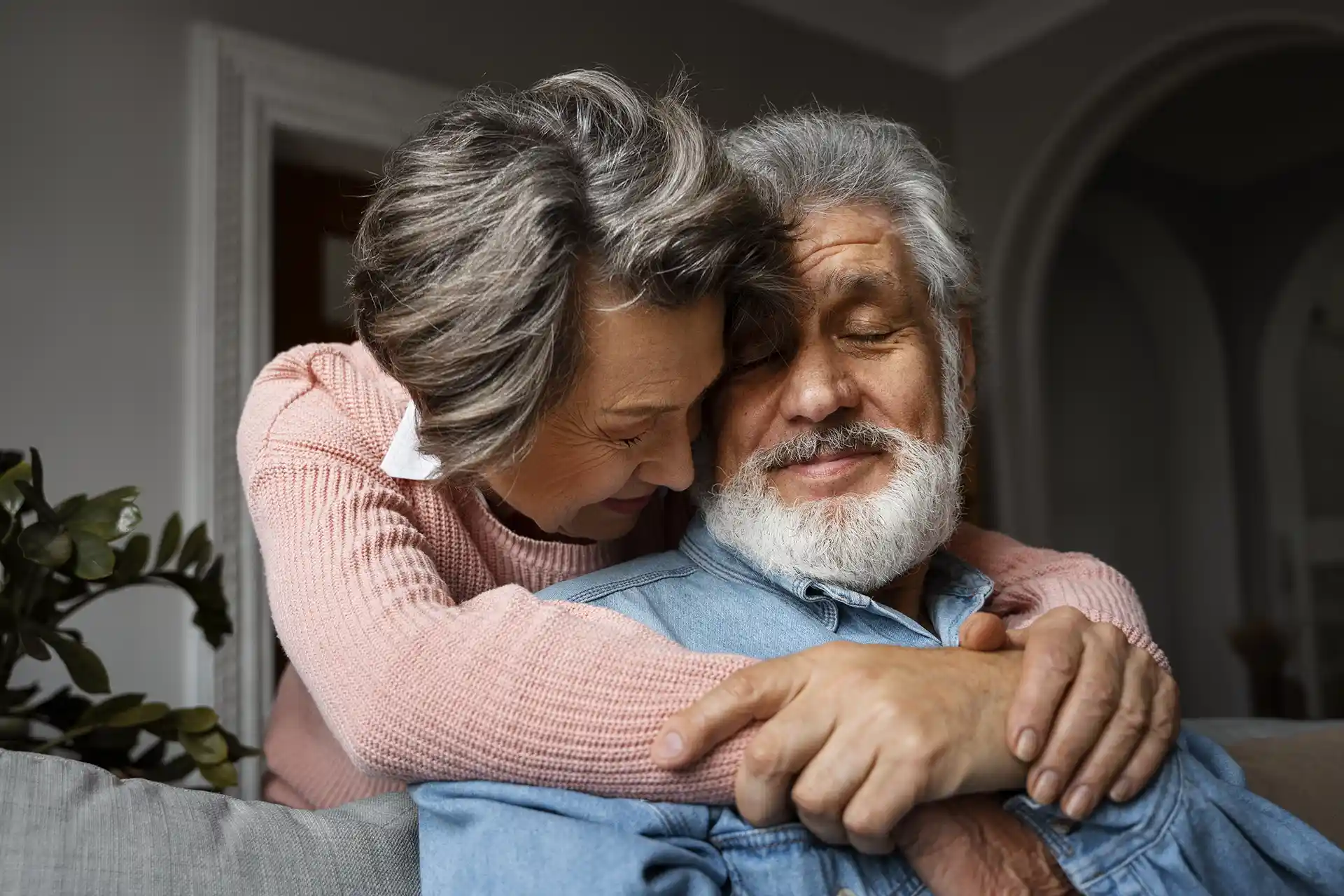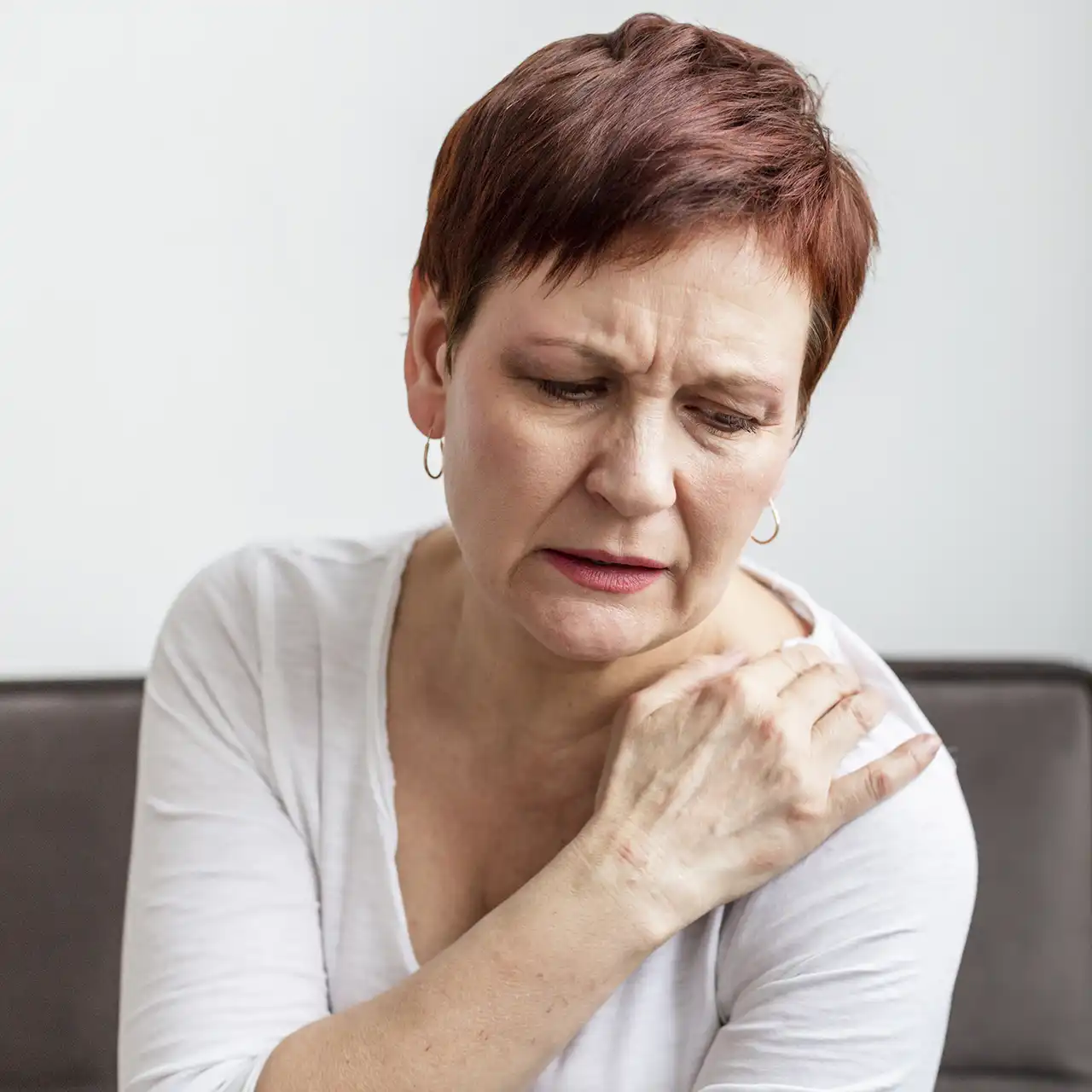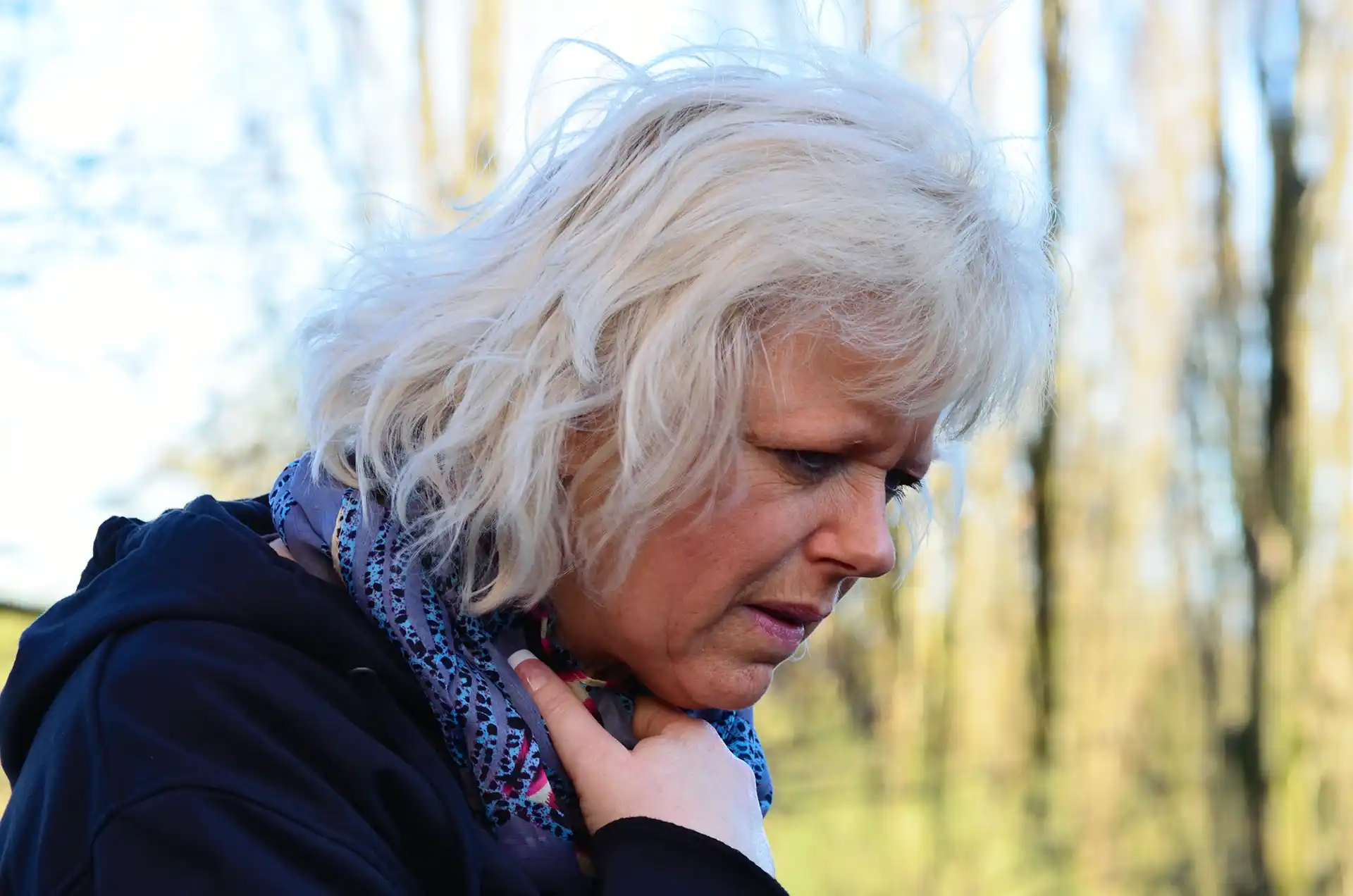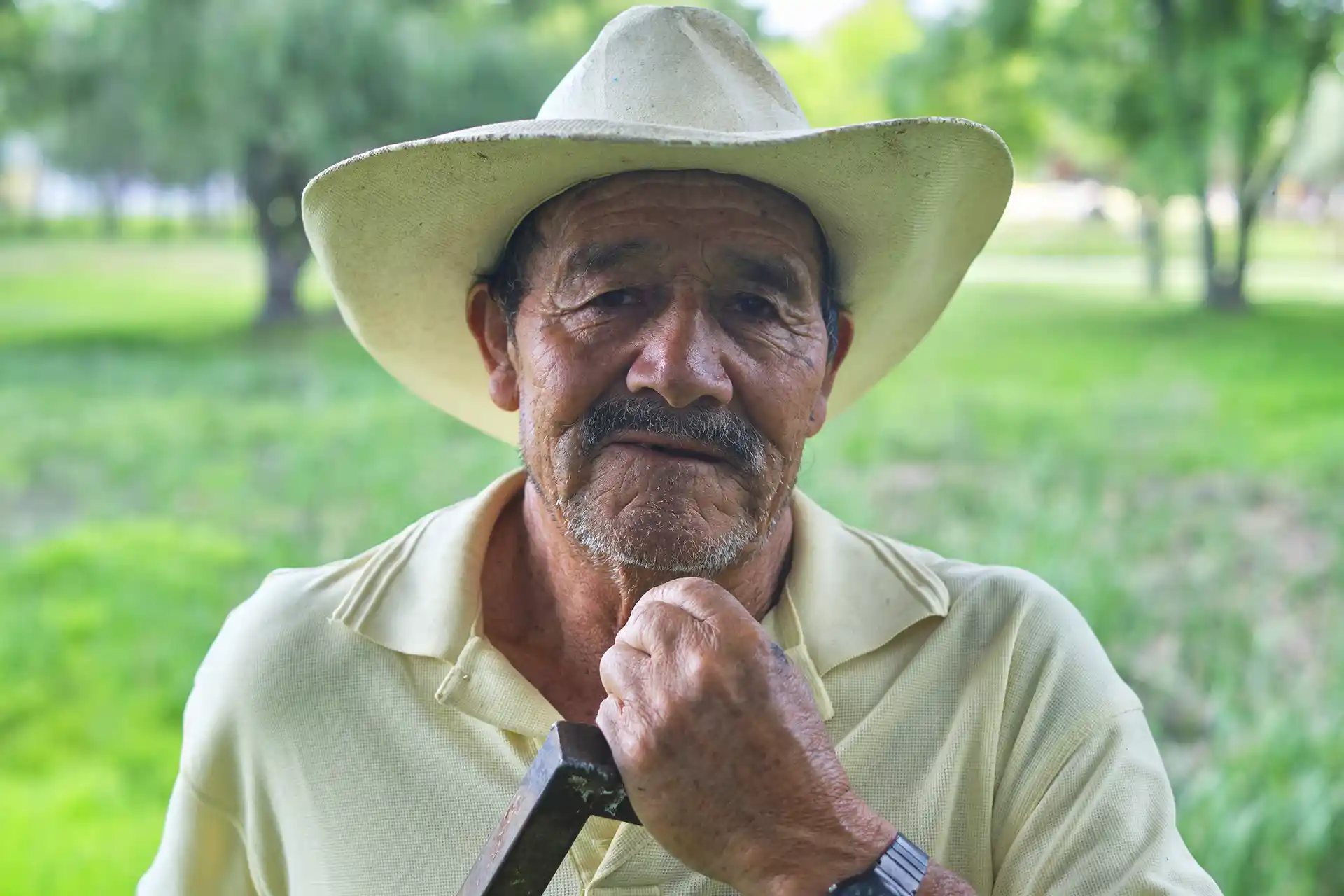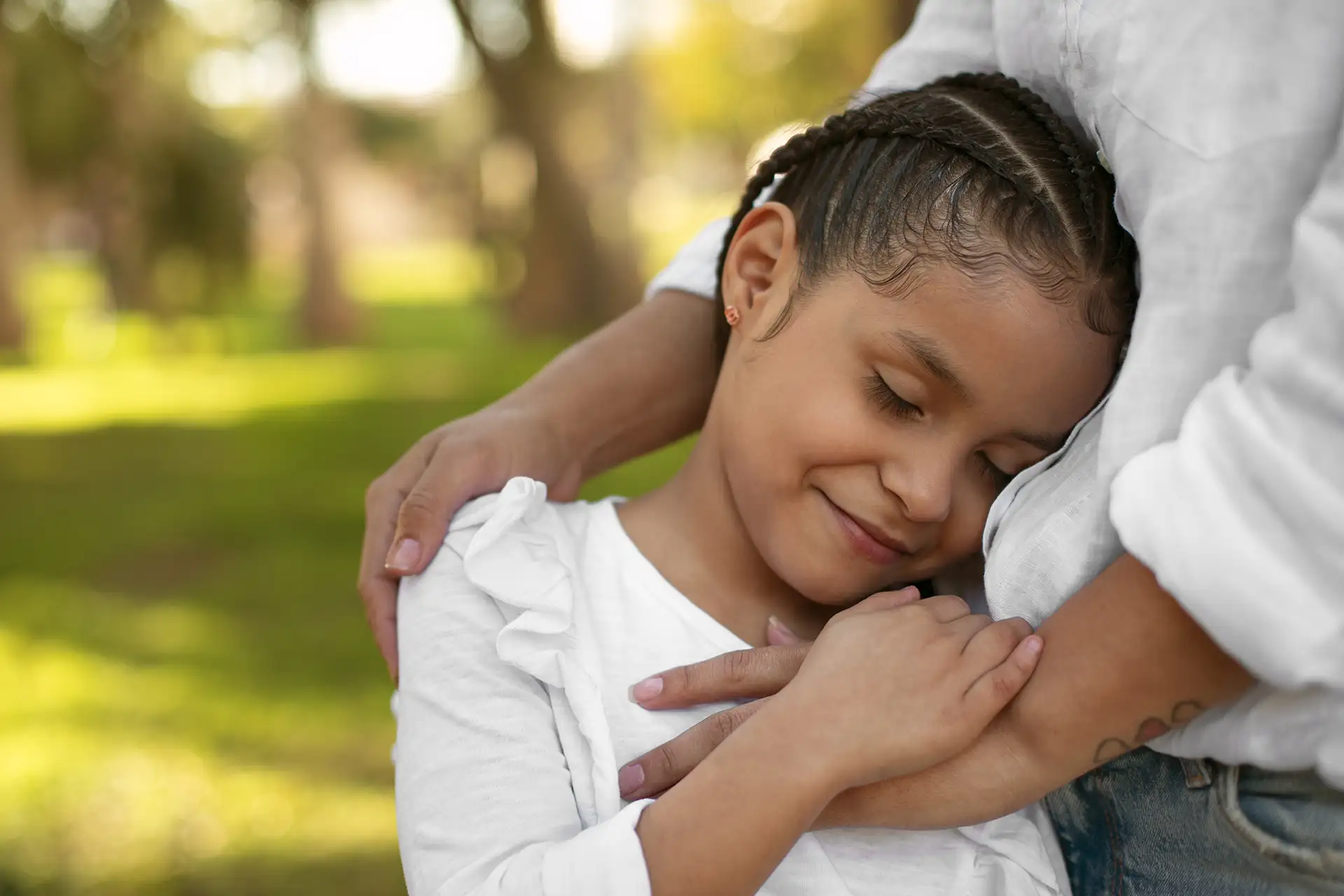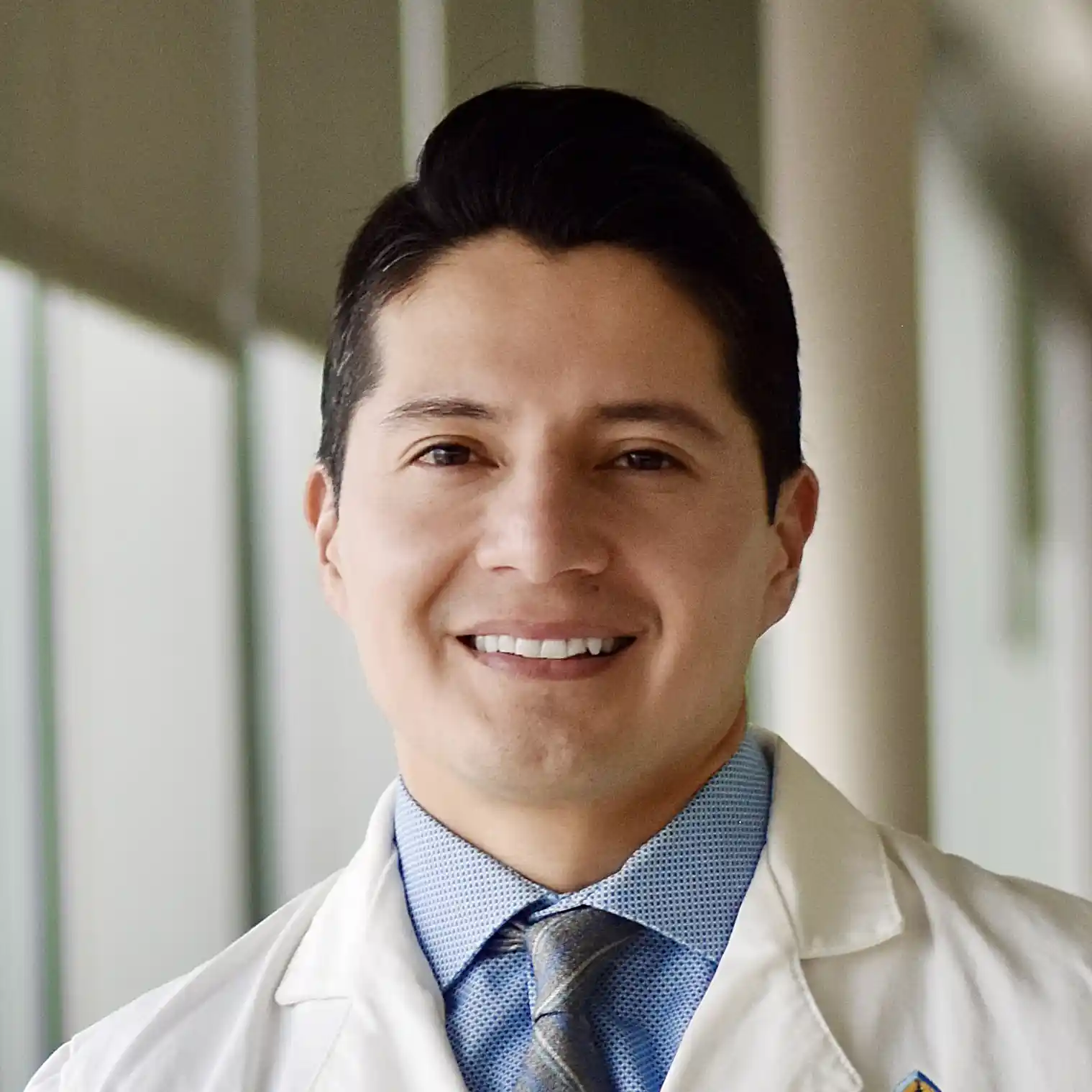What is non-Hodgkin lymphoma?
Lymphoma is a kind of cancer that’s classified into two main categories: Hodgkin and non-Hodgkin. Non-Hodgkin lymphoma is the more common type, accounting for approximately 90% of all lymphoma cases. It affects the part of your body that fights infection, called your lymphatic system. This system creates a type of white blood cell called a lymphocyte that finds and attacks viruses and bacteria to keep you healthy. Think of it as a home security system that keeps these disease-causing intruders out.
When you get non-Hodgkin lymphoma, your lymphatic system goes haywire. It creates abnormal lymphocytes that multiply out of control and start attacking healthy tissue. It’s as if your home security system stops fighting intruders and starts attacking your house.
Your lymph system is spread out all over your body, like having home security detectors in different rooms around your house. That means non-Hodgkin lymphoma can start nearly anywhere, but it typically starts in the lymph nodes in your neck, chest, armpits and groin. It can also show up in your spleen, liver and thymus.
